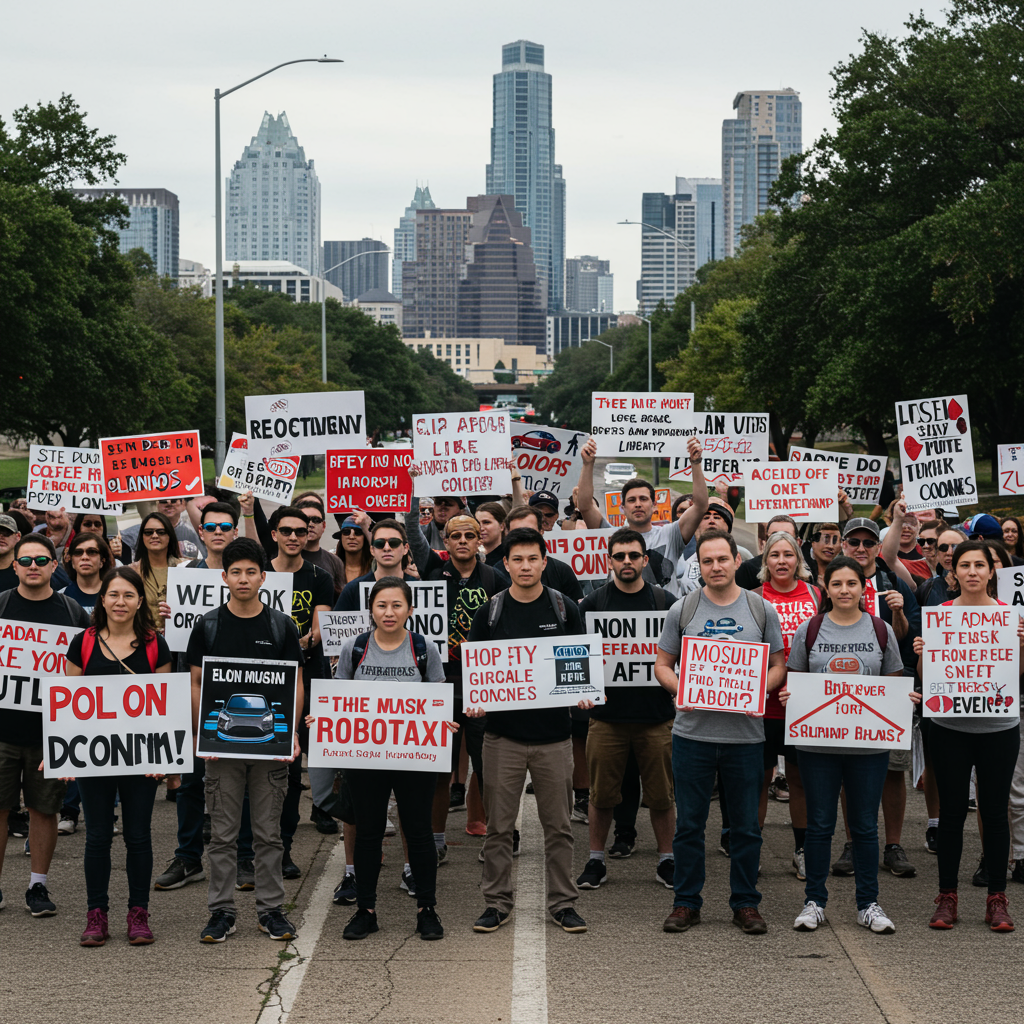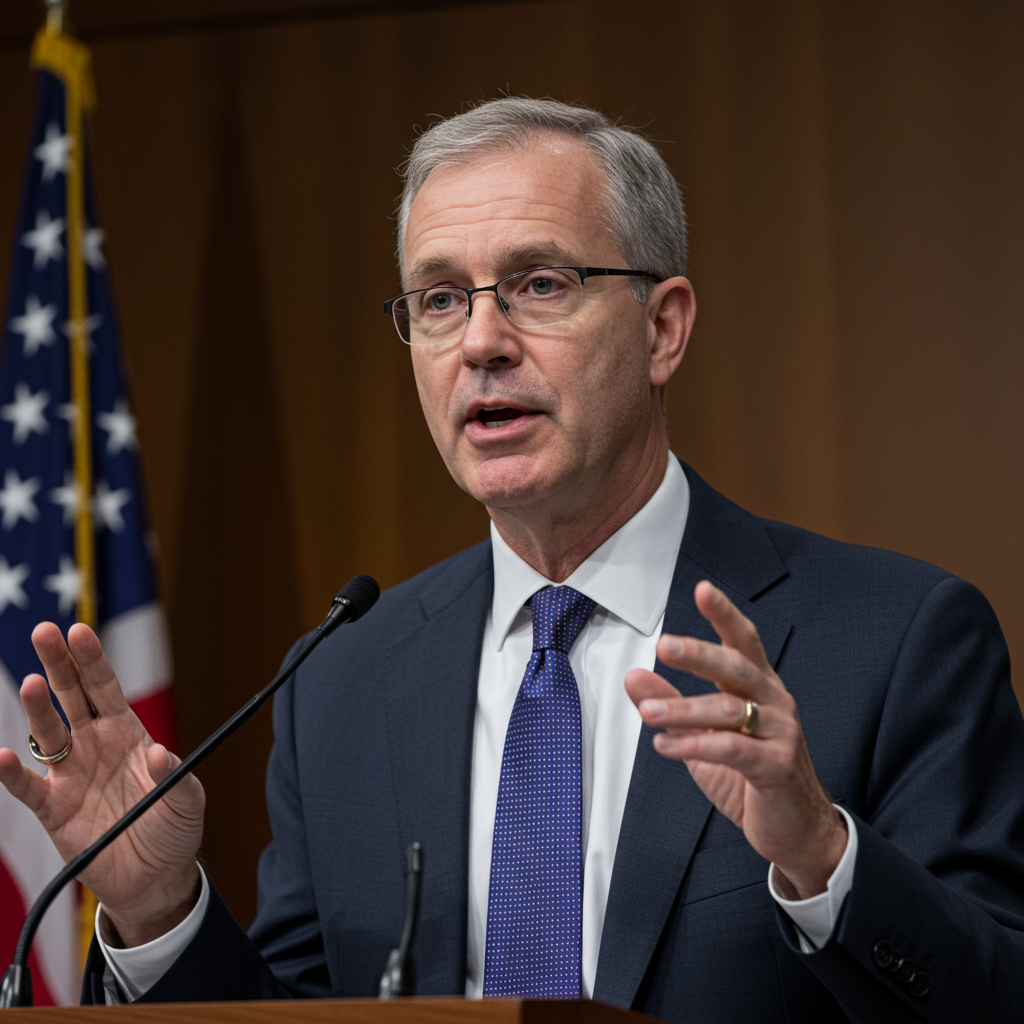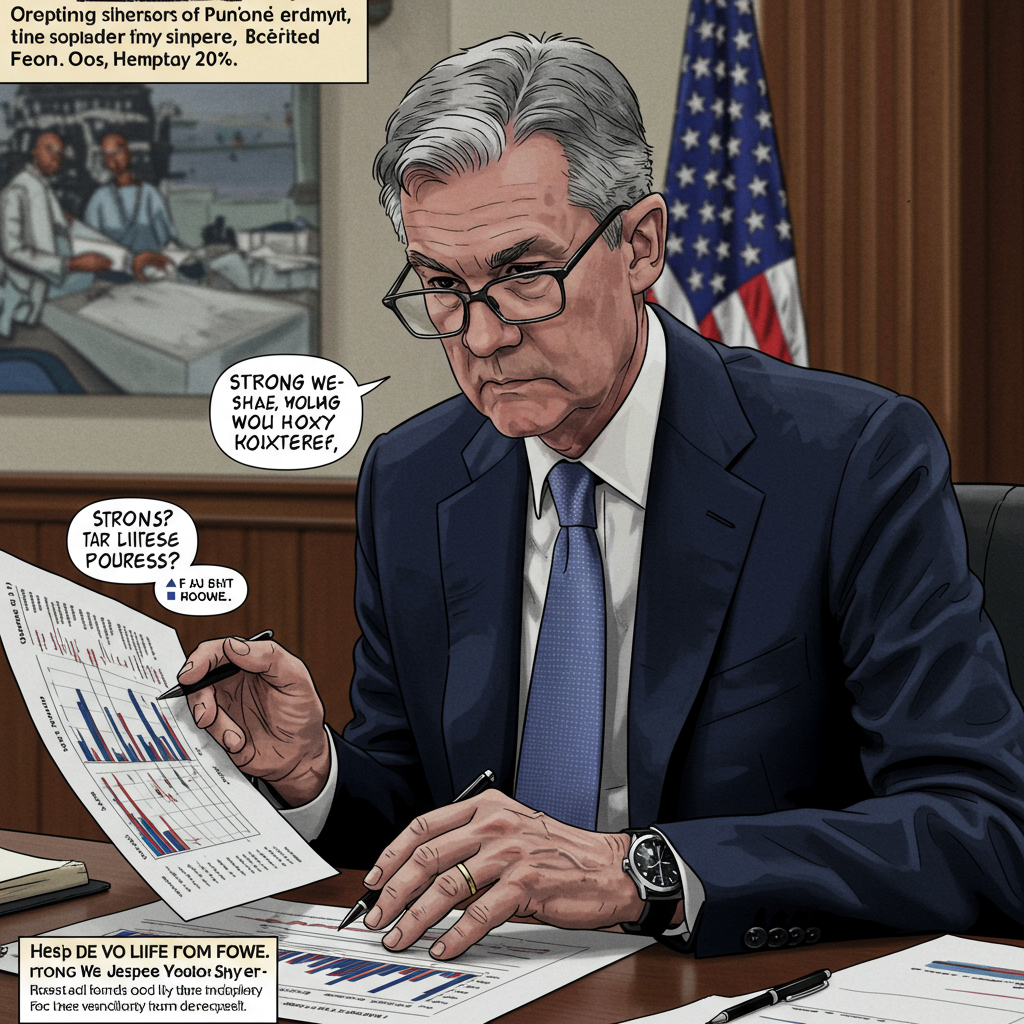Tesla’s ambitious plan to launch its pilot robotaxi service in Austin, Texas, tentatively set for June 22, is facing immediate backlash from public safety advocates and other protesters. Concerns over the safety of autonomous driving technology and opposition to CEO Elon Musk’s political activities are fueling demonstrations in the city.
Groups like The Dawn Project, Tesla Takedown, and Resist Austin have voiced significant apprehension regarding Tesla’s automated driving systems. They point to the company’s currently available Autopilot and Full Self-Driving (FSD supervised) features, which require human oversight but have been involved in hundreds of collisions, including numerous fatalities, according to data tracked by the National Highway Traffic Safety Administration (NHTSA).
Demonstrations Highlight Safety Fears
Critics argue these incidents raise red flags for the upcoming “unsupervised” FSD technology planned for the robotaxis. The Dawn Project, which focuses on tech safety, recently held a demonstration in Austin using a Model Y with relatively recent FSD software. Their display reportedly showed the vehicle failing to stop for a school bus with an extended stop sign and running over a child-sized mannequin placed in its path.
Dan O’Dowd, CEO of The Dawn Project, is also the head of Green Hills Software, a company that sells technology to Tesla competitors like Ford and Toyota. While his business interests are noted, protesters attending the demonstration echoed deep-seated concerns.
Austin resident Stephanie Gomez cited a lack of confidence in Tesla’s safety standards and frustration over what she perceives as a lack of transparency regarding the robotaxis’ functionality. Another protester, Silvia Revelis, emphasized that while political opposition to Musk is a factor, safety is the primary concern, stating, “Citizens have not been able to get safety testing results. Musk believes he’s above the law.”
Understanding Tesla’s Robotaxi Vision
The robotaxis debuting in Austin are modified Model Y vehicles equipped with a future, “unsupervised” version of Tesla’s FSD software. This is distinct from the FSD software currently available to consumers, which legally requires an attentive driver ready to take control.
The initial Austin rollout is planned as a limited pilot program. It’s expected to involve a small fleet of around 10 to 20 modified Model Ys, identifiable by distinctive white “Robotaxi” logos. These vehicles will initially operate within carefully chosen, geofenced areas of the city considered “safest.” While there will be no human safety drivers in the vehicles, company employees will remotely monitor the fleet’s performance. Musk has indicated this remote monitoring will be rigorous initially but may decrease as confidence in the system grows.
This cautious approach for the pilot contrasts with Tesla’s ambitious long-term vision. The company aims to rapidly scale the service to thousands of vehicles if the Austin trial is successful, potentially expanding to other major cities like Los Angeles and San Francisco. Musk has previously spoken of millions of Teslas operating autonomously and the possibility for individual owners to add their FSD-equipped vehicles to a ride-hailing network when not in personal use, a model sometimes likened to Airbnb.
Navigating Challenges and High Stakes
Tesla’s push into autonomous ride-hailing is seen as a high-stakes strategic shift, moving beyond its core electric vehicle manufacturing towards becoming an AI and robotics company. However, it faces significant challenges and a competitive market.
Competitors like Alphabet’s Waymo are already operating commercial robotaxi services, reportedly completing a substantial number of paid trips weekly across multiple U.S. cities. Companies like Amazon’s Zoox and startup Avride are also testing or operating in locations like Austin. A key technical difference is Tesla’s reliance primarily on a camera-based “Vision” system, while many competitors integrate additional sensors like lidar and radar for redundancy and perception.
Beyond technology, Tesla faces ongoing skepticism and regulatory scrutiny. The NHTSA is investigating the safety of Tesla’s existing FSD software, and regulators have specifically requested details on how the planned robotaxi service will handle adverse weather conditions.
Furthermore, the launch occurs amidst broader challenges for Tesla, including increased competition in the EV market (particularly from China’s BYD and new models from European rivals) and declining sales in some key regions. Analysts suggest that some of this sales pressure, particularly in politically liberal areas like Austin and across Europe, may be linked to public perception regarding Musk’s political activities. Some investors have also expressed frustration over Musk’s focus being potentially divided among his various ventures.
Despite these headwinds, the potential value creation from a successful autonomous ride-hailing network is immense. Investment analysts like Cathie Wood of ARK Invest hold a highly bullish view, projecting a significant portion of Tesla’s future valuation stems from its robotaxi ambitions. Similarly, Wedbush analyst Dan Ives sees the robotaxi launch as a potential catalyst for a substantial rally in Tesla shares, citing a trillion-dollar opportunity in autonomous driving.
As the June 22 target date approaches, the Austin pilot remains a critical test, balancing Tesla’s high-tech ambitions and financial potential against the very real safety concerns being voiced by protesters and regulators. Tesla did not immediately respond to a request for comment regarding the protests.




